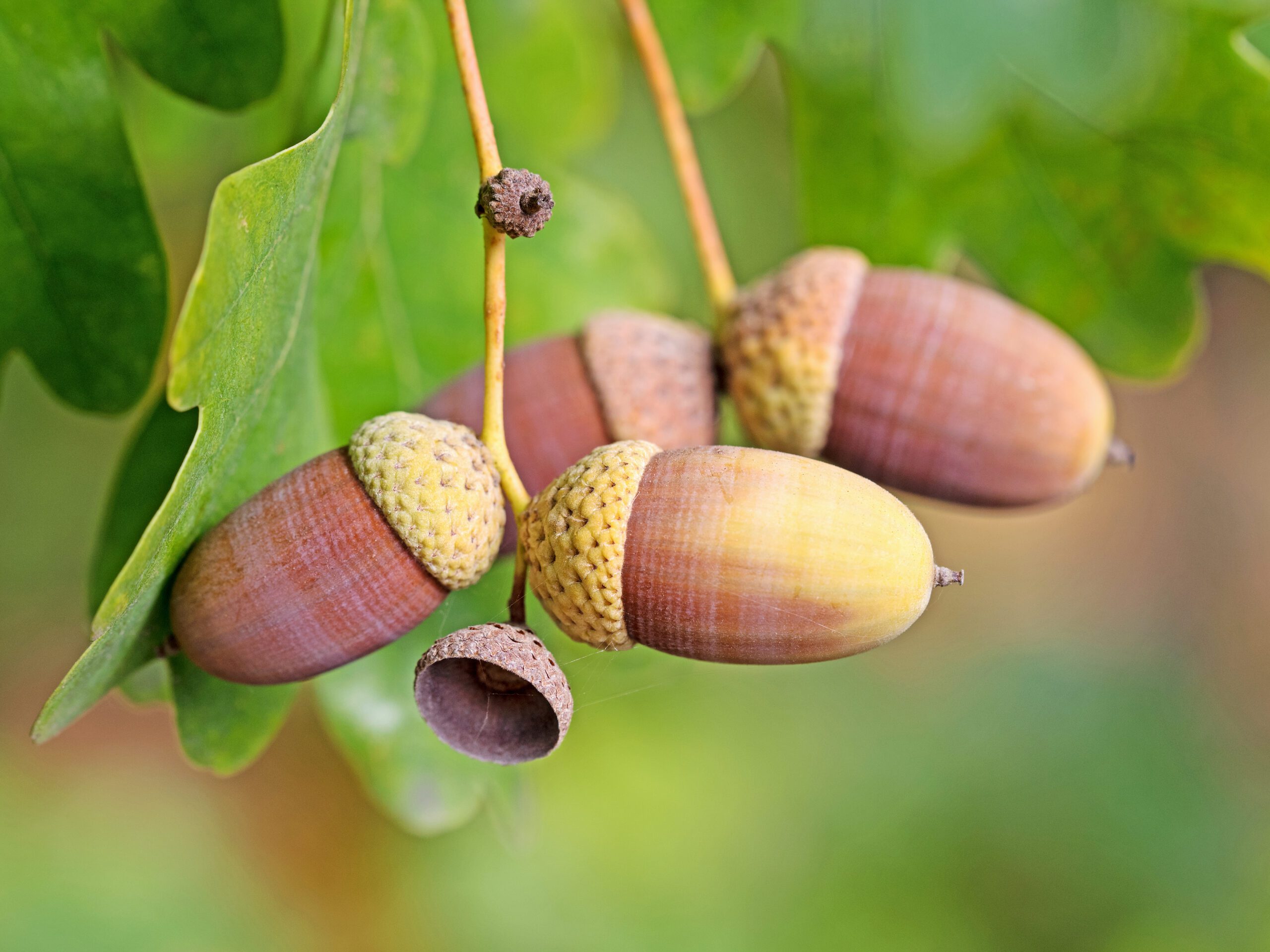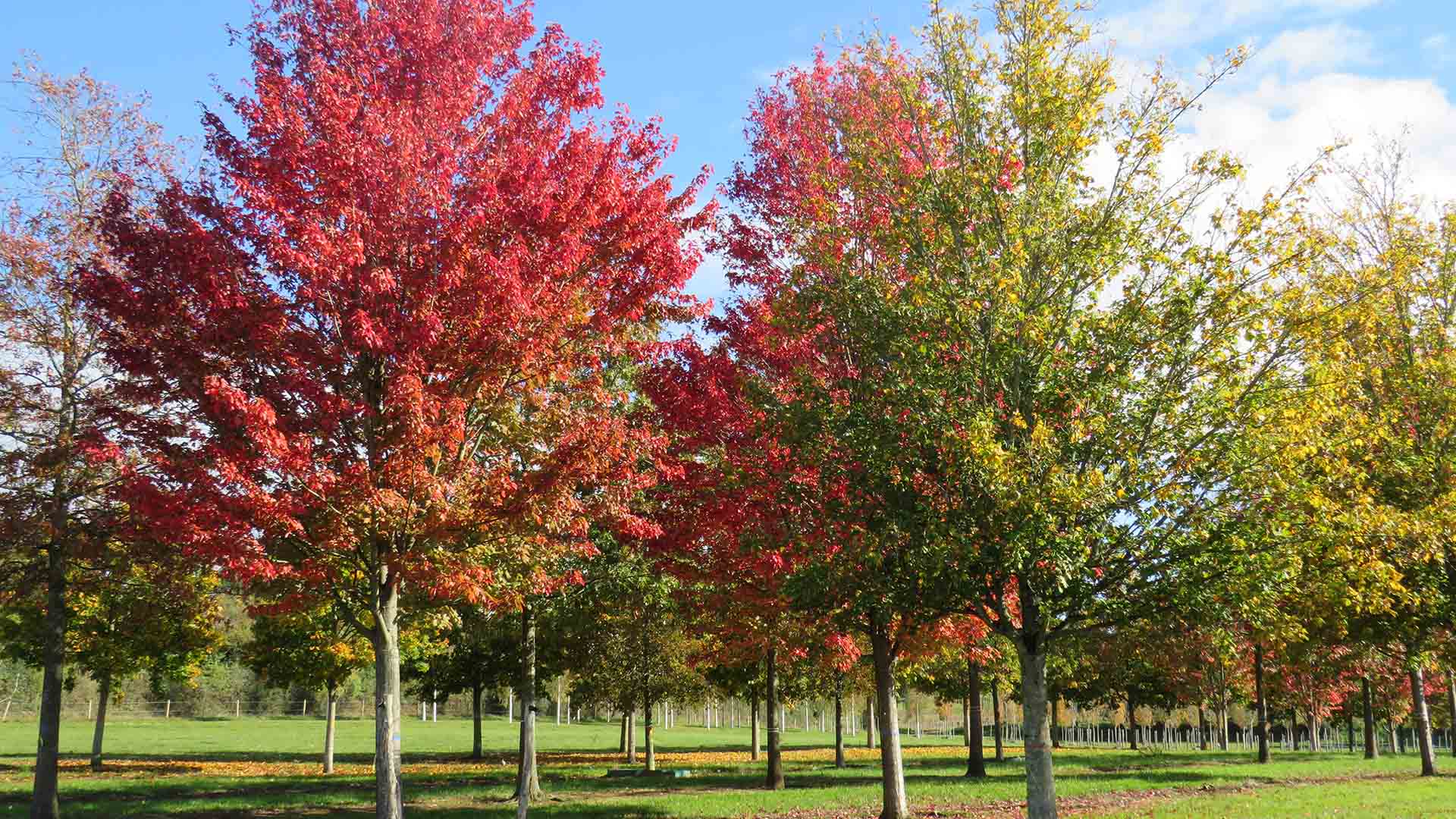Fireblight is a bacterial infection that infects apples, pears, Cotoneaster, Hawthorn, Photinia, and related ornamental shoots. It is less common in the Prunus species. The initial detection of this disease in a UK pear orchard in 1957, was an accidental introduction from North America. Presently, the disease is active in England and Wales, extending its reach up to the northern regions of Scotland.
This disease is caused by the bacterium Erwina amylovora and manifests from late spring to autumn. It enters the tree through the branch and tips and will progress down the stems causing dieback. It primarily targets the new growth.
During winter, the bacteria persist in the infected bark and spreads through rain, dew, wind, and insects. When the weather becomes warm again, the disease spreads rapidly.
Symptoms
- Infected leaves and branch tips often exhibit wilting and will turn brown or black. These will remain attached to the tree.
- Blossoms will die.
- New shoots will become shrivelled and die as the infection spreads down the inner bark.
- Cankers or areas of dead sunken bark may appear on branches, as well as red-brown lesions. On warmer days, orange-brown liquid may seep from these.
- The tree will seep a slimy white liquid in wet weather.
Whilst there is no chemical control for Fireblight, steps can be taken to stop the spread:
- Infected parts of the tree should be pruned and cut back, and tools should be sterilised after every use.
- The risk of Fireblight increases when the tree blooms a second time. These should be removed before they open to prevent the spread.
Hillier Fireblight Status
Although now only Jersey requires evidence of a nurseries fireblight pest free status, at Hillier we have continued with the annual APHA Fireblight inspections, as we believe it is still important that customers are reassured that all the tree species susceptible to Fireblight purchased form Hillier Trees are free from this invasive disease. A pest free certificate is only issued to nurseries who have evidence via the APHA inspections of been completely Fireblight free for two full growing seasons.
For more information:
https://planthealthportal.defra.gov.uk/assets/factsheets/fireblight.pdf
https://www.rhs.org.uk/disease/fireblight
Recent Articles

Hillier Takes Root in HS2’s Vision for Old Oak Common
11 April 2025

The Best Trees for Car Parks
19 March 2025

Discover the Best Drought-Tolerant Trees for Your Landscape
6 January 2025
